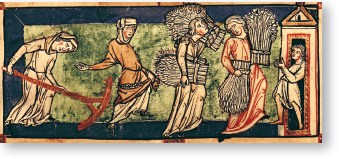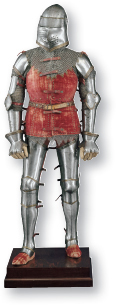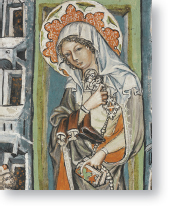POLITICAL CONSOLIDATION AND RELIGIOUS REFORM
- What was the relationship between feudalism and manorialism? How did the two systems work together to shape the medieval social and political world?
- How and why did the agendas of secular rulers and the papacy clash in the Middle Ages?
|
SOCIETY, ECONOMY, AND CULTURE
- How did serfdom differ from slavery? How and why did Western European peasants gain increased personal liberty over the course of the Middle Ages?
- What made the rise of universities possible? How might larger social and economic trends have contributed to their emergence?
|
- What were the social, economic, and cultural consequences of the Hundred Years’ War?
- What factors combined to undermine European’s faith in religious and political authorities? How did peasant and urban revolts reflect this lack of confidence?
|
LOOKING BACK, LOOKING AHEAD
- Argue for or against the following statement. “The Middle Ages are best understood as a period of transition, a low point of decline and disorder between the twin peaks of Classical and Renaissance civilization.” What evidence can you present in support of your argument?
- What role might the Crusades play in contemporary Muslim-Christian relations? What connections might Muslims or Christians today make between the Crusades and the global policies of Western nations in the twenty and twenty-first centuries?
|



